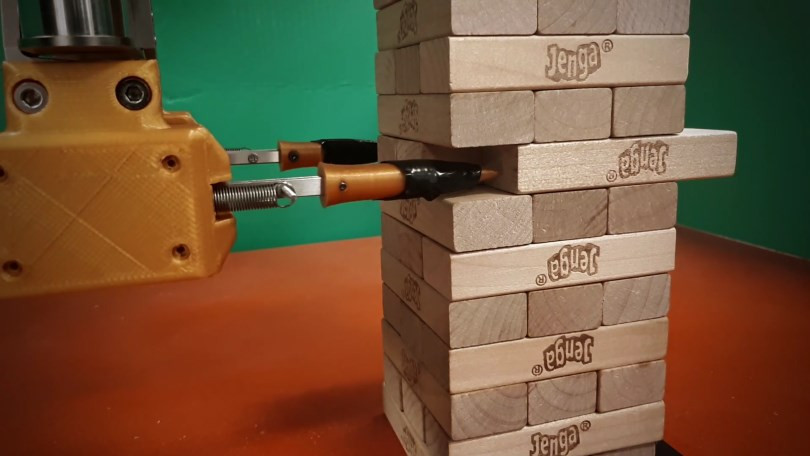The term “wearable” is a buzzword, sure. But it’s a simple one — it just means wearable technology. Thanks to the march of technology, such products are becoming easier to create. The word “wearables,” short for “wearable technology,” is pretty easy to understand. A wearable device is one that you wear somewhere on your body instead of sitting on your desk, tucked into a big, or slipped into your pocket. That’s all “wearable” really means. To be more specific, here are some examples of wearables you can get your hands on today:
1- Lys Technologies

The clip-on Lys device, which will cost around £99, is designed to measure the intensity, timing, duration and spectral composition of the light we receive. It works with an app to help users set bright light goals, e.g. 30 mins of 2,500 lux early in the day and reducing blue light before bed.
The aim? Better sleep, more energy and a healthier relationship with light.
2- Motiv

Motiv is giving fitness tracking the finger. No, not like that. It’s actually creating smart jewellery for men and women, capable of tracking activity, heart rate and other metrics more commonly found in wrist-wrapping wearables.
Motiv wants to “resolve all the pain points” that have plagued wearables, and we’re fascinated to try the final product. The 8mm-wide, titanium-made wearable could be another landmark in the quest to make technology “disappear” into wearables, and Motiv even promises five days of battery life.
3- Electronic Tattoos

Researchers have created a wearable device that is as thin as a temporary tattoo and can store and transmit data about a person’s movements, receive diagnostic information and release drugs into skin.
A newly patented electronic skin tattoo, which is registered by Motorola, now owned by Google. This electronic tattoo can be worn on a person’s neck and would function as a mobile microphone, lie detector and digital display. Although limited to these functions,for now, Motorola could probably convert such tattoos to allow self-tracking of certain vital signs, should they choose to do so.
4- SEM Gloves

More than 50 million people are estimated in Europe, North America and Japan to suffer from a weak hand due to illness, injury, stroke or old age. The Swedish company Bioservo Technologies aims to give them a helping hand with their SEM Glove™. Thanks to state-of-the-art robotic SEM™ technology they have endless possibilities to support people with a weakened grip to get new strength and endurance in their hands and to prevent strain injuries. It can perform force or EMG driven active movement exercises with severely atrophied patients for example after a stroke, with muscular dystrophy or MS.
5- Smart Socks


Siren Diabetic Socks are built with miniature temperature sensors that are seamlessly embedded into the fabric. This pioneering technology is the first of its kind to help people with diabetes know when their feet are injured. When your body is injured, your body fights the injury with inflammation, which is accompanied by a rise in skin temperature. By monitoring temperature changes, you are potentially able to see the early signs of injury and diabetic foot ulcers.
When there is a temperature increase in a part of your foot, the Siren App sends a message to your phone, letting you know about the potential injury. With the Siren Plug, the Siren Concierge team calls or texts you to let you know about potential injuries.
6- Moggie

Moggie is a smart collar, that watches your cat activity throughout the day and a free app that helps you take better care of your fluffy. It understands your cat’s moves, activities and environment. Is he running? Sleeping? OMG, is he falling down from the rooftop? If your cat is becoming abnormal, the collar will know. The cat couldn’t explain that, but the app will alert you. Smart system alows user easily take off device without removing the collar from cat’s neck. All you need to do – is to turn counterclock-wise the device and remove it from the collar. Metal strings fix well the device and do not let it to fall down.








